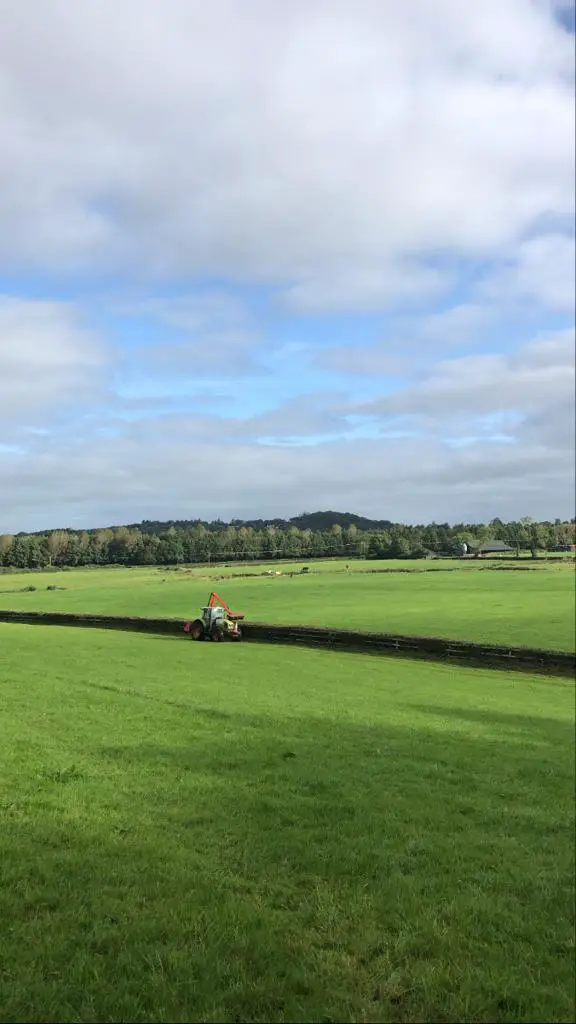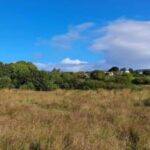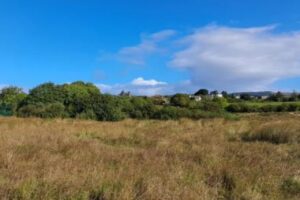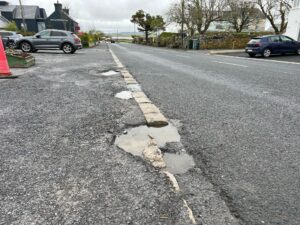Landowners around the county are beginning to cut their hedges in what farming columnist Joe Melody pinpoints as a signal marking the transition from late summer to autumn.
September for us has been mainly a month of preparation for spring and catching up on maintenance in the farm yard. One of our cow sheds is an old cubicle shed built around the early 1970s and with the ravages of time the old cubicles often break or rot. Repairs have been ongoing in this shed and are now complete and ready for its winter time lodgers.
In the past week some of our hen’s grass was growing so vigorously we had to cut it and bale it up as a surplus. With the recent heavy rain, the hens have been busy during the day scratching for worms and what a nutrient rich example of nature’s bounty the worm is to the hen.
An important milestone along the course of the year is getting the hedges cut. It signals the transition from late summer to autumn. The job itself helps advance a new kind of beauty into existence, that of the autumnal scene with neat hedges adorning the edge of roadways and fields. The same hedges are sometimes punctuated by a tree hanging onto its summer foliage for dear life. As the weeks pass by these trees stand as the skeletal remains of growth and abundance from a warm summer.
Our friend Aidan Mulready, takes to cutting the hedges every autumn here and where there was once high growth, he leaves a thick box like hedge. As a keen birdwatcher, Aidan is conscious of the part we all play in not only maintaining but enhancing our ecosystem. Hedges on farm are not only the home to much wildlife but they are also the highway wildlife often use to travel within for the protection it affords to them. Different hedge types are home to different creatures and hence some of our higher older hedges offer a variety of ecosystem on farm.
Dry matter might be low on grass currently but quantity is high. Fibre is the main thing that is being supplemented in the form of hay. It is of little use having the cow consuming large quantities of grass if it is transitioning too quickly through her system, this leads to a negative energy balance where she is having to eat more and more grass just to satisfy her energy requirements. Monitoring the cow’s body condition is also key in ascertaining where the cow is getting her energy from, her body fat reserves or the grass she is consuming
We are scanning the dairy herd this week to see what the picture for spring 2022 looks like in terms of how many are in calf and nearly as importantly when they will calve. As the cows are being scanned, I will input the days they are in calf into my herd watch app, this will help generate a graph of expected calving dates. Any cows calving early next spring will be monitored for body condition and if needed will be given a prolonged holiday before they calve.


















